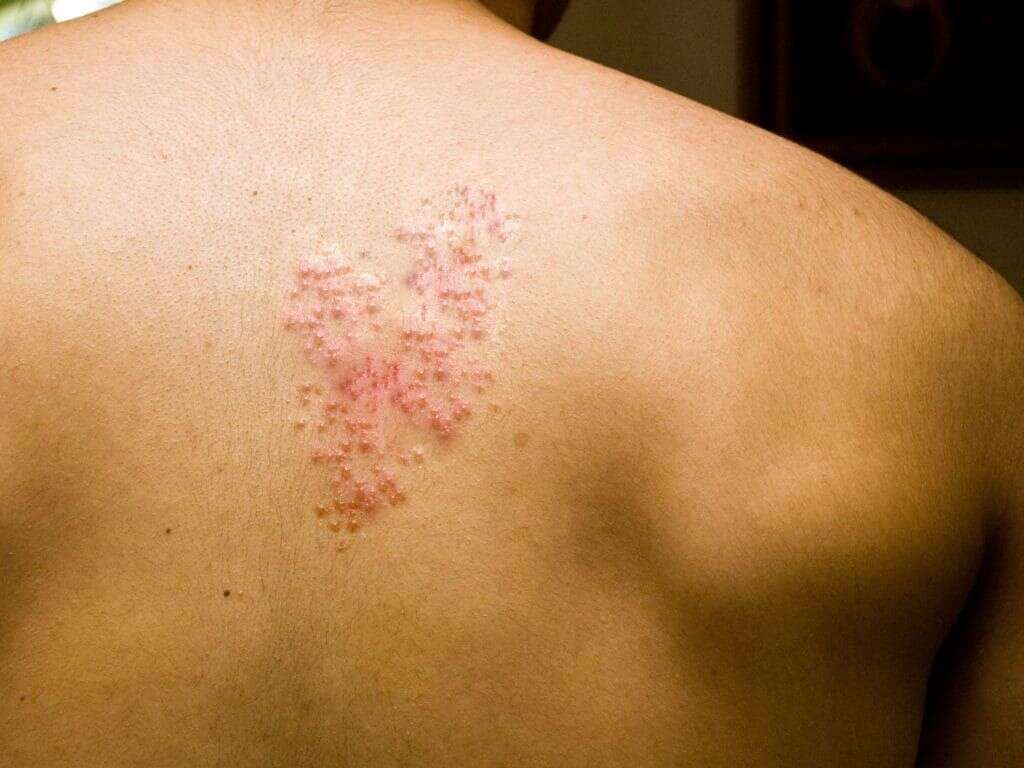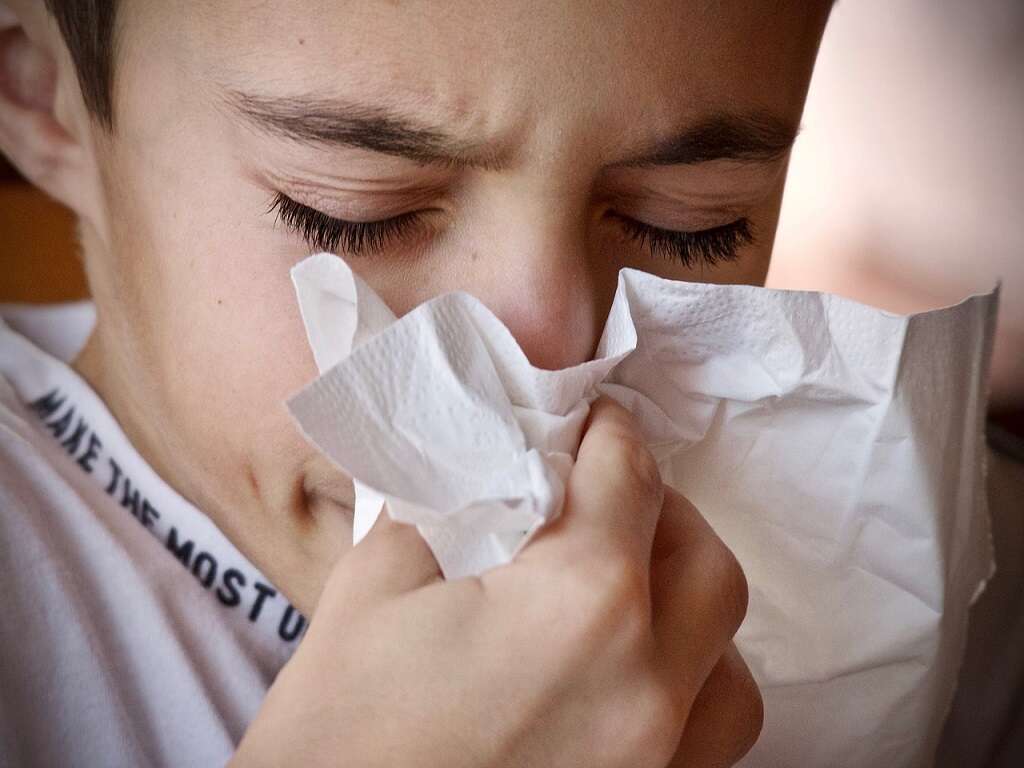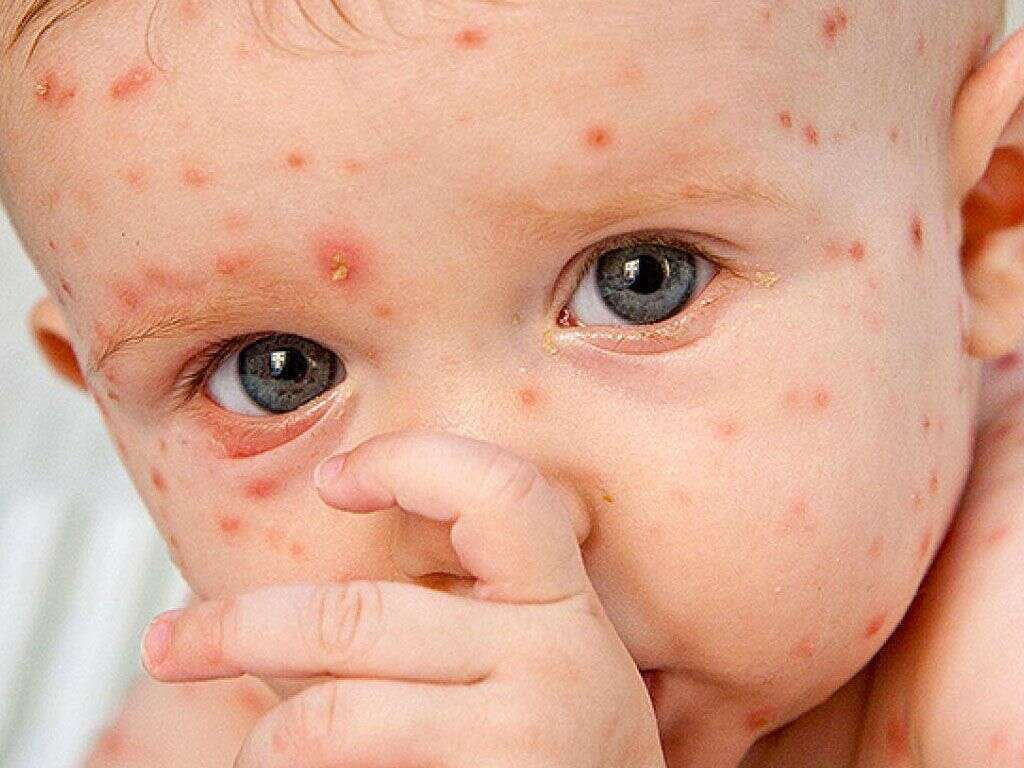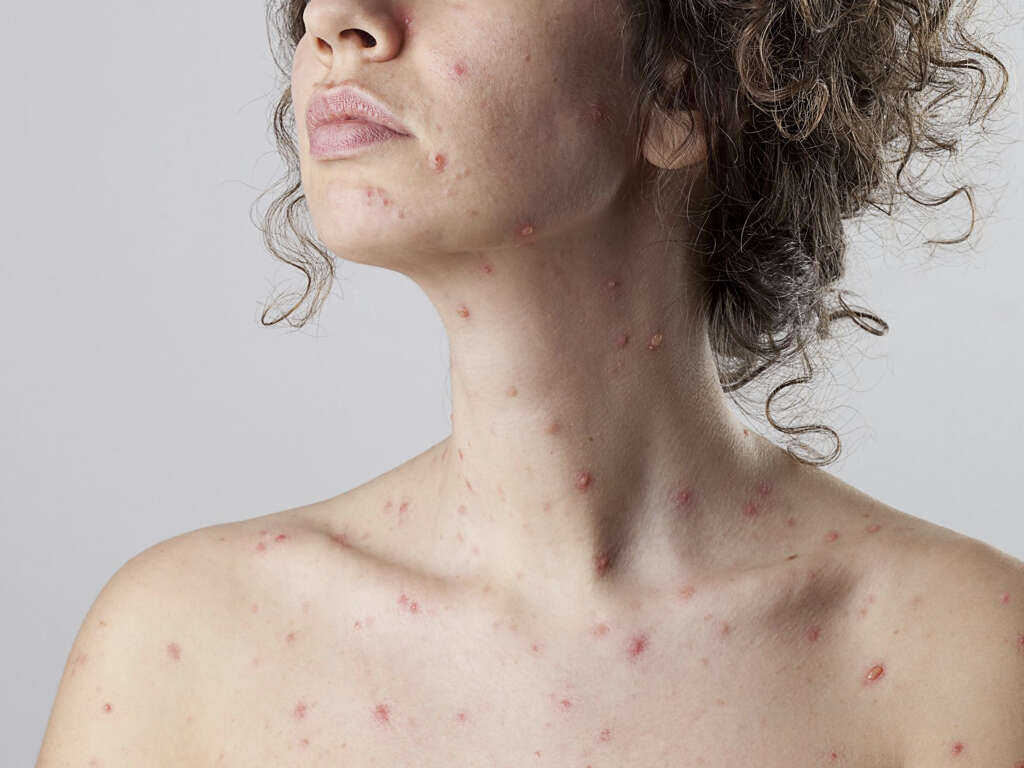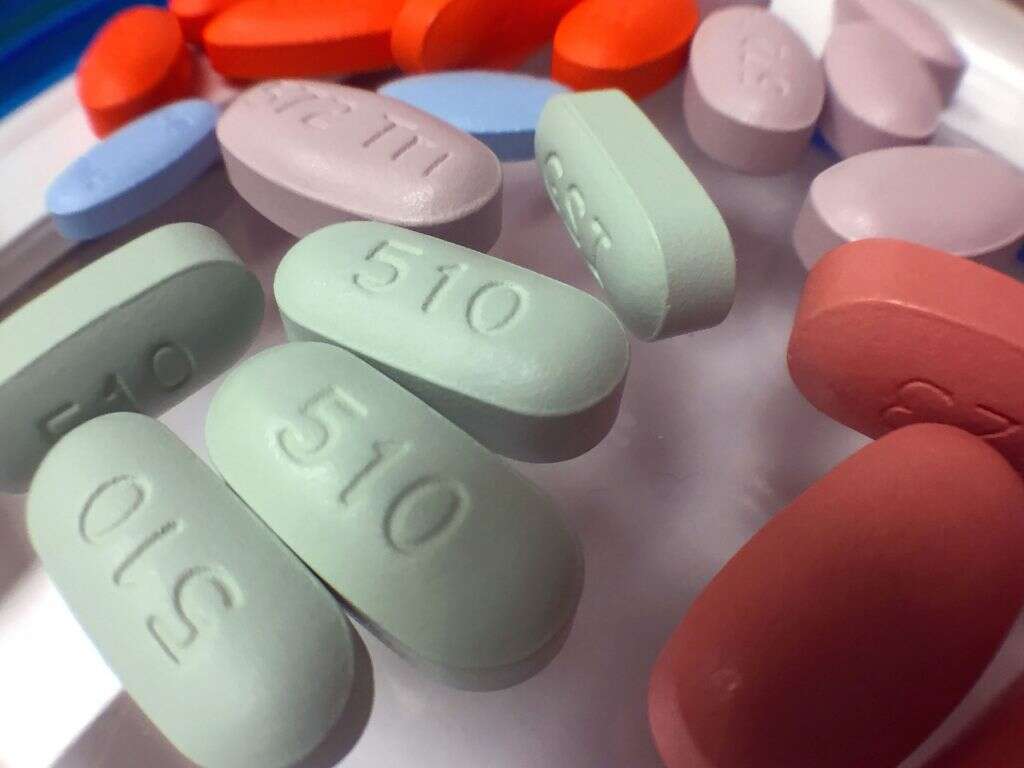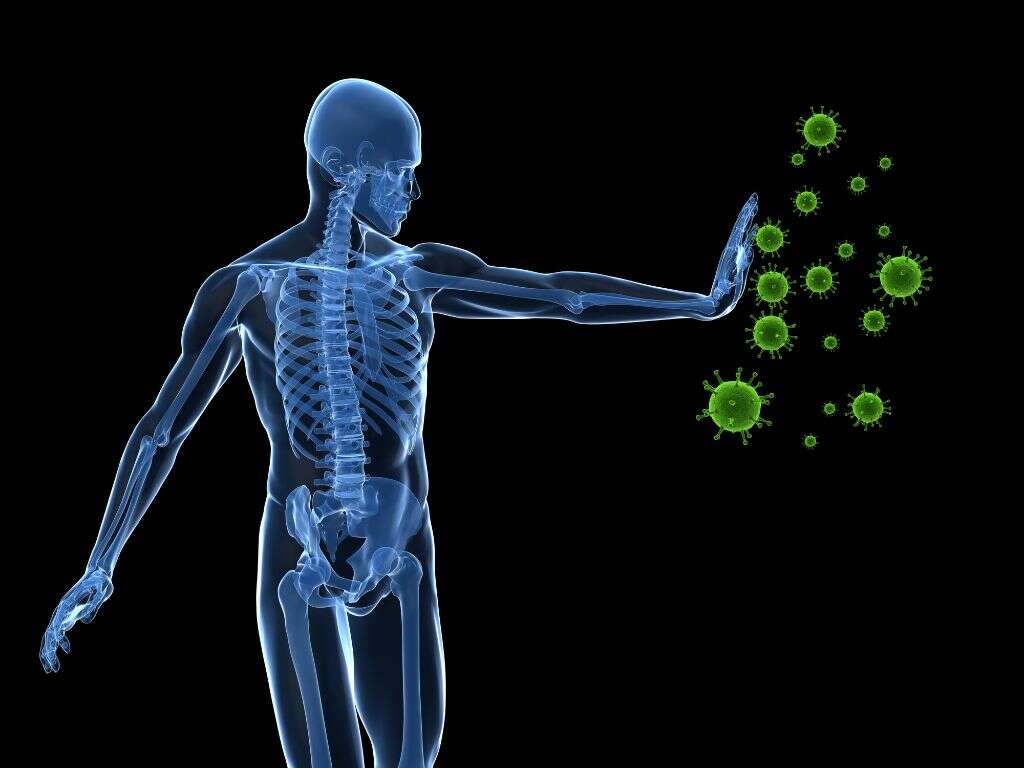What Causes Shingles?
Shingles, or herpes zoster, is a condition caused by the reactivation of the varicella zoster virus (VZV). This condition causes a characteristic skin rash. It is thought to occur due to the failure of the immune system to control the dormancy or latency of the virus. When VZV infection first occurs, it results in chickenpox. Once the illness resolves, the VZV becomes dormant in the body and reactivates later to cause shingles.
Although shingles is more common among those with a weakened immune system, there are many patients with shingles who have a normal immune system. In these cases, it is thought to be due to decreased levels of VZV antibodies to the point where it is no longer effective in the prevention of shingles. This hypothesis can be supported by the observation that pediatricians seldom develop shingles as they are routinely reexposed to VZV.

1. Pathophysiology
Shingles is caused by the VZV. Most individuals are infected in their childhood resulting in an episode of chickenpox. The virus is then eliminated from most locations by the body’s immune system. However, it remains dormant in the body and becomes reactivated at a later point in life to cause shingles. This means that shingles can only occur in those who have been previously infected with VZV. While it mostly affects those above the age of 50, it can occur to individuals of all ages. Repeated episodes of shingles are rare. It usually affects those who have a compromised immune system such as those with psychological stress, aging, or are on immunosuppressive therapy; it can also occur in normal individuals. Like chickenpox, direct contact can result in transmission. The newly infected person will develop chickenpox.
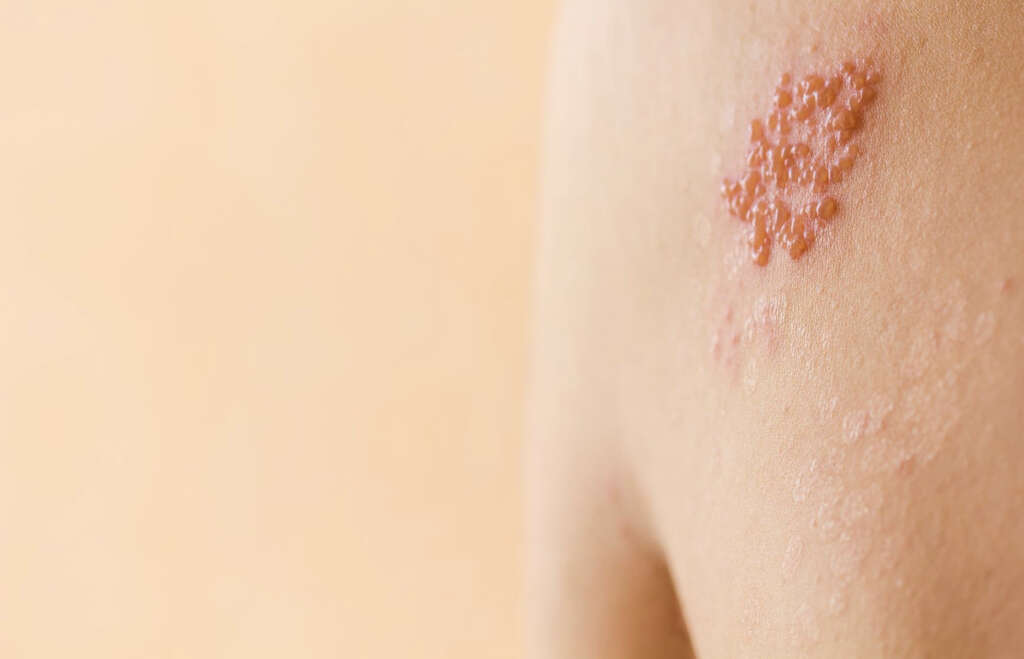
2. Signs and Symptoms - Body
Some of the earliest signs and symptoms of shingles are malaise (a general feeling of discomfort or being unwell), headache, and fever. These symptoms are often followed by paresthesia (numbness, tingling), itching, burning pain, and hyperesthesia (increase in sensitivity to stimuli). Pain can range from mild to extreme in the affected area with sensations that can be described as numbing, aching, stinging, tingling, or throbbing.
In children, shingles is often painless. However, the disease tends to be more severe with age. The appearance of a rash is limited to the affected dermatome resulting in a belt-like or stripe patter that does not cross the midline. The rash then becomes vesicular and forms small blisters that are filled with serous fluid. These vesicles then darken and become cloudy as they fill with blood. Crusting occurs within 7 to 10 days. Once the crusts falls off, the skin heals, but may result in some scarring.

3. Signs and Symptoms - Face
When shingles affects the face, it most commonly affects the trigeminal nerve. In the trigeminal nerve, it usually affects the ophthalmic branch causing the skin of the forehead and around the eyes to be affected. Ten percent to 25% of patients with shingles experience this and may have symptoms such as uveitis, keratitis, and conjunctivitis that leads to vision loss and inflammation in the eye.
When it affects the ear, it is known as herpes zoster oticus or Ramsay Hunt syndrome type II. Other cranial nerves may also be involved which can cause further signs and symptoms. A vesicular rash may appear on the ear. Since it affects the facial nerve, shingles can also cause patients to lose taste sensation in the anterior two thirds of the tongue.
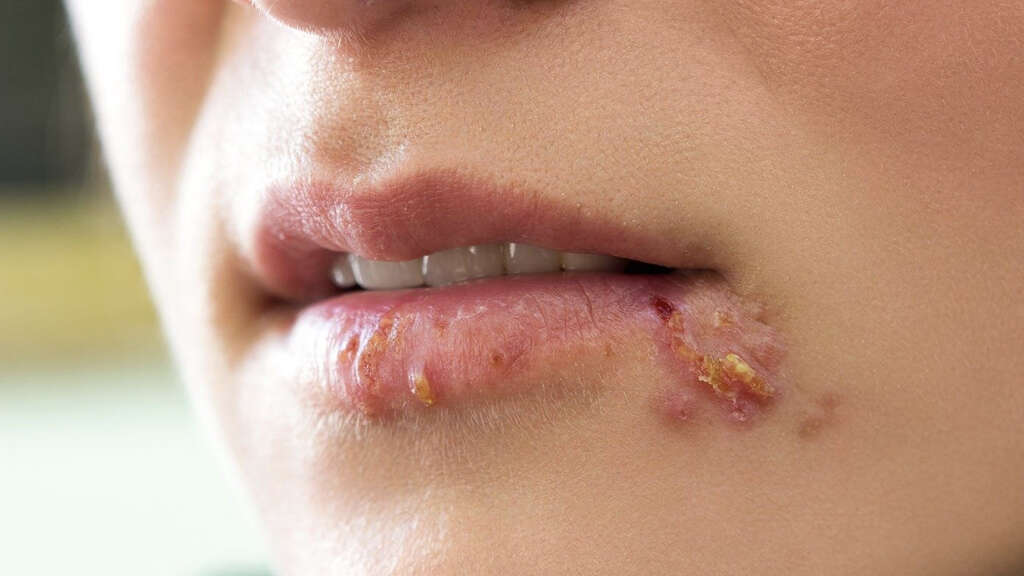
4. Clinical Phases
The clinical manifestations of shingles can be divided into three phases. In the preeruptive phase, or preherpetic neuralgia, there are unusual skin sensations in the affected area. This precedes the onset of lesions by 2 to 3 days. Patients may also experience other symptoms such as light sensitivity, fever, and headache. The second phase, or acute eruptive phase, is marked by the appearance of rashes that begin as red bumps that progress to vesicles that contain serous fluid. These lesions then rupture, ulcerate, crust, and dry up.
The patient is infectious until the lesions are dry. The third phase, or chronic phase, occurs when there is persistent pain that lasts more than 30 days after crusting of lesions. It is the commonest complication seen in 9% to 45% of all cases. In patients above the age of 70, it can last more than 12 months.

5. Causes
Shingles is known to be caused by the VZV. However, the exact mechanism that triggers the reactivation of this virus is still unknown. Some have proposed that it may be due to emotional stress, external reexposure to the virus, acute or chronic disease processes (such as infections or malignancies), and medications. It is observed that decreased cellular immunity increases the risk of reactivation as the incidence increases in immunocompromised individuals and advancing age.
Shingles has been observed to occur twice as often in those with hypercalcemia. The cause of the chronic phase of shingles is also unknown. Early treatment decreases the incidence of the chronic phase. This is based on the theory that chronic pain results in a positive feedback loop, which creates a central pain syndrome. Early treatment helps to break this loop.

6. Risk Factors
Some of the known risk factors besides immunosuppression and advancing age include primary VZV infection in utero or early infancy, those taking anti tumor necrosis factor agents, malignancies, and those with immune reconstitution inflammatory syndrome (IRIS).
Research has found that individuals with inflammatory bowel disease (IBD) have a higher likelihood of shingles. An analysis reported that the overall annual incidence was 734 per 100,000 person-years compared to 437 in patients without IBD. Patients with colon cancer and multiple myeloma who are treated with arsenic trioxide also have a higher risk of shingles. A study in United Kingdom found that those with rheumatoid arthritis, chronic obstructive pulmonary disease, chronic kidney disease, asthma, and depression have a higher risk of shingles.

7. Statistics
Ninety-five percent of adults in the United States have antibodies to VZV and are therefore vulnerable to reactivation of the infection that causes shingles. It is estimated that about 4% of patients will develop another episode of shingles at a later point in life. Recurrent shingles are almost only seen in individuals who have a weakened immune system such as human immunodeficiency virus (HIV) infection (25%) and those with a heart or kidney transplant (7% to 9%).
It is estimated that there are about 1 million cases of shingles in the United States annually. Globally, the incidence is thought to be similar to that in the United States. Shingles is rare in younger patients except those who are immunocompromised. Less than 10% of shingles patients are younger than 20 while only 5% are younger than 15 years old.
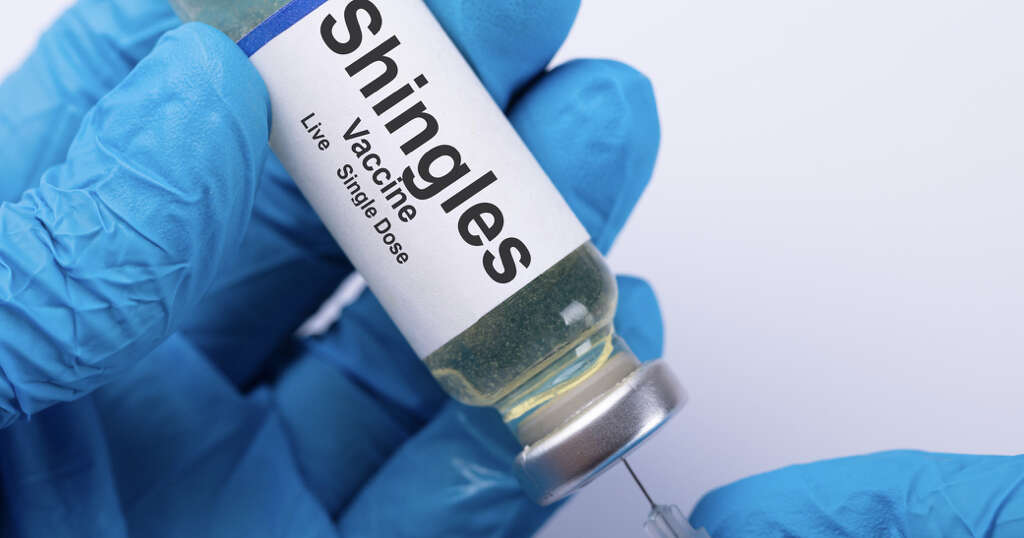
8. Diagnosis
The identification of shingles can be made based on the rash as there are very few conditions that causes a rash that presents in a dermatomal pattern. In the early or late stages of the disease when the rash is absent, diagnosis can be difficult. Some laboratory tests that can be beneficial are those that detect the igM antibody for VZV that can only be seen during chickenpox or shingles.
The lymph collected from a blister can be examined using an electron microscope for virus particles or by polymerase chain reaction of the DNA of VZV. Tests based on in vitro nucleic acid amplification are the most reliable. Nested polymerase chain reaction test is susceptible to contamination and can cause false positive results. The latest tests are rapid and easy to perform.

9. Treatment
The treatment of shingles is to decrease the duration, severity, and to decrease complications. Symptomatic treatment is often needed in shingles. For pain, over-the-counter pain medications such as paracetamol (acetaminophen) and nonsteroidal anti-inflammatory drugs (NSAIDs) can be used.
Topical lotions and ointments can also be used. Antivirals such as aciclovir is the standard treatment. Newer drugs such as famciclovir and valaciclovir may have superior efficacy. These drugs can be used for both treatment in the acute phase and prevention for immunocompromised individuals. Complications can be reduced in immunocompromised individuals using intravenous aciclovir.
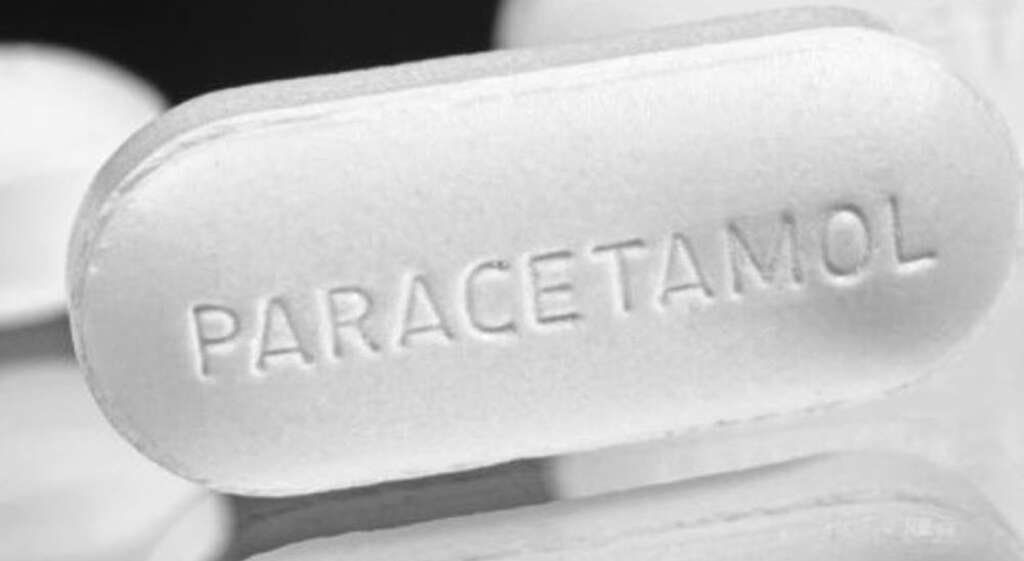
10. Prognosis and Patient Education
The rash in shingles usually resolves within 10 to 15 days. In young and healthy patients, the prognosis is excellent while there is a higher risk of complications in the elderly. Although fatalities are rare, shingles can become life-threatening in those who are immunocompromised as it can cause hepatitis, pneumonitis, and encephalitis.
When shingles affects the eye, it can lead to permanent or temporary vision loss. Patients should be educated regarding the natural progression of shingles and its potential complications. In the acute phase, patients are infective and should avoid contact with other individuals, especially those at risk. Treatment should be started within 72 hours of onset to prevent chronic shingles and accelerate the healing process.




